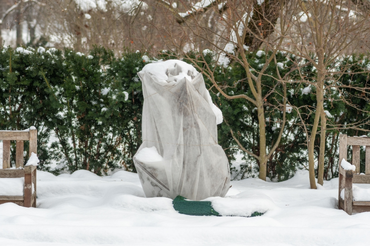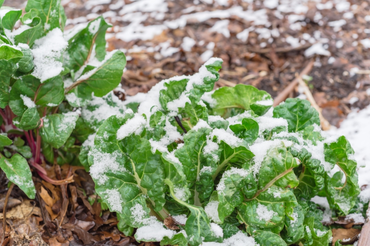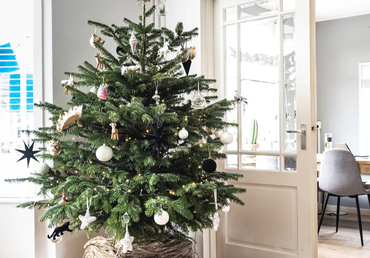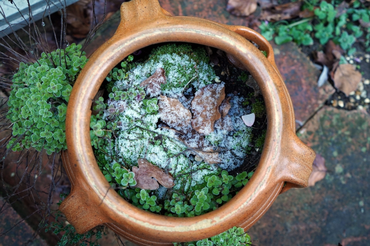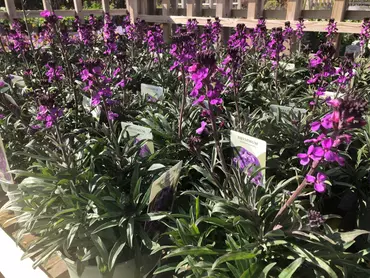
Plug plants are a popular choice for gardeners who don’t want the hassle of sowing seeds. They are also useful if you have left it too late to sow seeds or don’t have a large enough greenhouse for raising plants from seed. Plugs are often ordered via mail order, with the smallest plugs arriving in early March. They can also be bought from select plant nurseries.
Plug Sizes
- The smallest perennial plugs have four or five leaves and must be carefully looked after. You can’t plant these straight into the garden, as they would likely be eaten by slugs and snails. Instead, they should be planted in trays or pots and given some time to grow bigger and stronger.
- Standard plugs also need to be planted in trays and pots, but they don’t need as much growing on time.
- Larger plugs are ready for the garden and can be planted out as soon as they arrive, or in a pot until they are larger. They are usually marketed as ‘garden-ready’ plugs. You will see these plugs for sale later in the season.
The larger the plug, the easier the plant is to handle. Very small plugs are delicate and easily damaged, so if you are an amateur gardener, it is best to begin with larger plugs.
Planting Plugs
When your plugs arrive, check them over to see if any are damaged. If the compost they came in is dry, give them some water by placing them in a shallow dish containing water. If you aren’t ready to plant your plugs, keep them in a frost-free, light place and ensure the compost remains moist. The plugs are ready for planting once the root starts to show from the bottom. If there isn’t much of a root or the compost all falls away when you take the plugs out of the trays, they need some more time to grow. Leave them for another week and try again.
Once you are ready to plant your plugs, fill small pots with all-purpose compost and make a small hole in the centre with a pencil or similar. If the plugs are larger you can use your two index fingers. Place a plug in a pot and press the compost around it firmly. Don’t use large containers for plugs, as it will take them longer to grow strong roots and the compost is more likely to become oversaturated with water, causing the plant to rot. Maximum size used for commercial growing is usually 2lt. These provide enough room to grow the plant for 6-8 weeks.
Give each pot a good water and place them in a warm, bright location indoors or in a greenhouse. Plants will grow quicker if its warm, but you don’t want it getting too hot as this can dry out the compost and make the plants ‘soft’, meaning they will be more suspectable to filure if the weather turns cold once planted out. A moderate temperature of about 10-12dges is good. You will need o protect them against frost, so set up a heater to come on around 2-3degs at night. When the plants are established and you are thinking of planting them out you can turn the heater off and keep the greenhouse doors open during the day and night if its not going to drop below 4-5 degs. This will help ‘harden them off’ and get them ready for outdoor conditions. After about a week of this they should be acclimatised and ready for planting out.
Caring for Plugs
Keep your perennial plug plants moist by watering regularly. Pinch back growth on plugs like petunias, which tend to get too straggly as they grow. More vigorous plugs will need to be repotted as the roots become established and fill the pot. When you can see roots growing out from the bottom of the pot, it’s time to switch up to a larger one or think about planting out.
Speak to one of Carpenter’s garden centre team if you need any advice about when to plant out perennial plugs – we’re always happy to help!
If you don’t have time to care for young plants, dont worry, we have a great selection of early perennial plants that we have grown on our nursery in the ideal conditions. These are usually available from late-March onwards.

